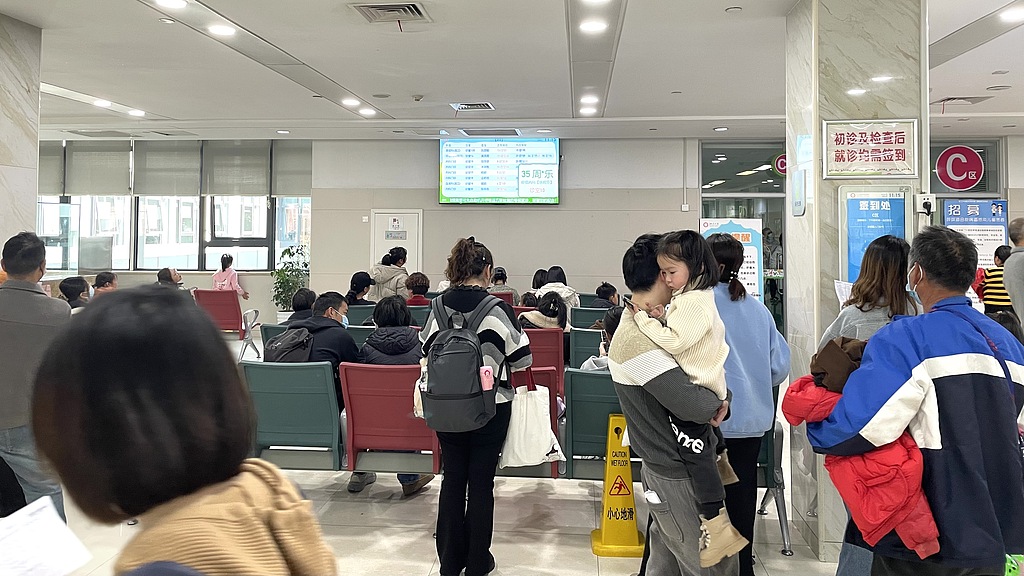China ranks among the top in reducing child mortality rates, official says


China ranks among the top in reducing child mortality rates in the world's upper-middle-income countries, a health official said on Friday.
Shen Haiping, director of the National Health Commission's department of maternal and child health, said the nation's infant mortality rate dropped to four deaths per 1,000 live births and the under-five mortality rate fell to 5.6 per 1,000 in 2024, with both numbers reaching historic lows.
Moreover, the average annual decline rates of infant mortality and under-five mortality rank among the third and the fourth, respectively, in the world's 53 upper-middle-income economies, Shen said during a news conference held by the commission.
"From 2010 to 2023, the average life expectancy in China grew by 3.8 years and it is estimated that 21.7 percent of this growth can be attributed to the decrease in under-five mortality rate," she said.
Shen said that currently, more than 8,000 general hospitals across the nation can provide pediatric outpatient or inpatient services. About 98 percent of county-level hospitals have set up pediatric departments and over 80 percent of grassroots healthcare institutions can treat common pediatric diseases.
Amid a national push to make hospitals more child-friendly, such as lower the height of consultation desks and incorporating fun and vibrant decorations into buildings, Shen said that the goal is to establish 2,000 child-friendly hospitals by the end of this year and make 90 percent of medical institutions capable of offering pediatric services to be child-friendly by 2030.
Shen said that the nation has built a comprehensive medical care system for major pediatric condition such as myopia, overweight and obesity, malnutrition, and autism.
Monitoring data shows that the rate of obesity and overweight among children aged under six has been falling, but the rate for those aged six to 17 has been trending upward, prompting authorities to step up education on curbing childhood obesity and intensify health management for young children.
Shen added that the coverage rate of eye care and vision screening for children aged six and under has reached 95.4 percent nationwide and the overall myopia rate among children and adolescents in China has shown signs of decrease.
Meanwhile, free human papillomavirus vaccines are accessible to 60 percent of girls of eligible age — usually from ages nine to 14.
Compared to levels recorded five years ago, the infant mortality and under-five mortality rates caused by birth defects have both decreased by over 30 percent. The incidence rate of disabling birth defects such as neural tube defects and Down syndrome has dropped by 21 percent.
The mother-to-child transmission rate of HIV fell to a historic low of 1.2 percent.
"The country's core child health indicators have shown sustained improvement," she said.
- New 'eco-police' system to be set up by 2027
- Hebei cooperative's cabbage proving a hit across China
- Kunming rail accident spurs safety overhaul nationwide
- Embroidery proving major draw at bustling Guizhou market
- Global content creators discover Hangzhou's tech magic
- Harbin launches book detailing Unit 731 crimes evidence





































